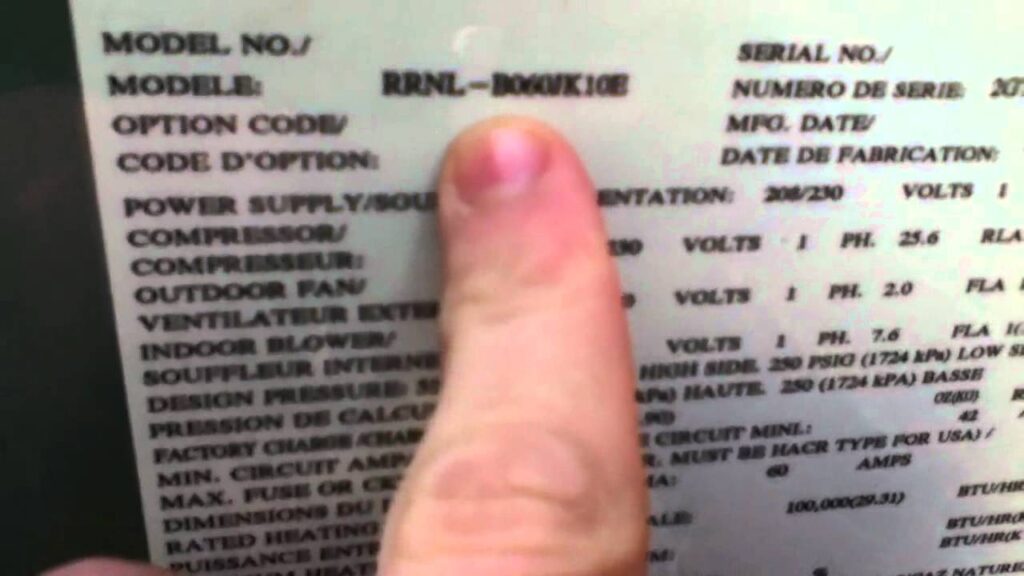So, you’ve got a Trane AC unit and you’re wondering how to determine its tonnage. Well, fret no more because we’ve got you covered! In this article, we will guide you through the simple steps to help you figure out the tonnage of your Trane AC unit. Whether you’re a homeowner or an HVAC professional, this article will provide the information you need to make sure your AC unit is properly sized for your cooling needs. Let’s get started!
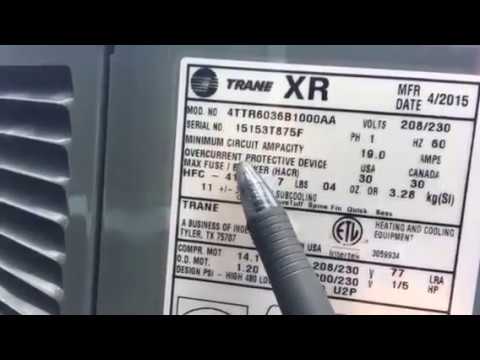
Factors to Consider
When determining the tonnage of a Trane AC unit, there are several factors to consider. These factors include the model number, nominal capacity, energy efficiency ratio (EER), and coefficient of performance (COP). Understanding these factors will help you determine the correct tonnage for your Trane AC unit and ensure optimal performance and energy efficiency.
Model Number
The model number is an important piece of information when determining the tonnage of a Trane AC unit. This number indicates the specific make and model of the unit and can be found on the unit itself or in the manufacturer’s documentation. By identifying the model number, you can gather more information about the AC unit and its tonnage capacity.
Nominal Capacity
Nominal capacity refers to the cooling or heating capacity of an AC unit and is typically measured in BTUs (British Thermal Units) or tons. The nominal capacity is an essential factor to consider when determining tonnage. It represents the amount of heat that the AC unit can remove from a space per hour. By calculating the nominal capacity, you can determine the appropriate tonnage for your Trane AC unit.
Energy Efficiency Ratio (EER)
The energy efficiency ratio (EER) is a measure of how efficiently an AC unit uses energy to cool a space. It is calculated by dividing the cooling capacity, measured in BTUs per hour, by the power input in watts. The EER provides valuable information about the energy efficiency of the AC unit and can help you determine the appropriate tonnage for your Trane AC unit.
Coefficient of Performance (COP)
The coefficient of performance (COP) is a measure of the heating or cooling efficiency of an AC unit. It is calculated by dividing the heat output by the power input. The COP can be used to determine the energy efficiency and performance of the AC unit and can assist in determining the appropriate tonnage.
Finding the Model Number
To determine the tonnage of your Trane AC unit, you’ll need to locate the model number. The model number can usually be found on a label on the unit itself. Look for a tag or sticker that provides information about the make, model, and serial number of the AC unit. Alternatively, you can consult the manufacturer’s website or documentation to find the model number.
Model Number Location
The location of the model number can vary depending on the Trane AC unit model. However, it is commonly found on the exterior of the unit, either on the front, side, or top. Look for a label or tag that contains alphanumeric characters indicating the model number.
Serial Number
The serial number is another important piece of information that can help identify the tonnage of your Trane AC unit. It is often located near the model number and provides additional information about the manufacturing date and other specifications. The serial number can be useful when contacting customer support or referring to manufacturer documentation.
Manufacturer’s Website or Documentation
If you’re having trouble finding the model number or serial number on your Trane AC unit, you may refer to the manufacturer’s website or documentation. Most manufacturers provide online resources where you can find information about their products, including model numbers and specifications. Additionally, the documentation that came with your AC unit may contain the necessary information to determine its tonnage.
Determining Nominal Capacity
Determining the nominal capacity of your Trane AC unit is crucial in finding the appropriate tonnage. The nominal capacity represents the cooling or heating capacity of the unit and is measured in BTUs per hour or tons.
BTU Calculation
To calculate the BTU capacity of your Trane AC unit, you can use the following formula:
BTU Capacity = Area (in square feet) × BTU per Square Foot
The BTU per square foot varies depending on several factors, such as the climate zone, insulation, and occupancy. As a general guideline, you can use the following values:
- Well-insulated rooms: 20 BTUs per square foot
- Moderately insulated rooms: 25 BTUs per square foot
- Poorly insulated rooms: 30 BTUs per square foot
By multiplying the area of the space by the BTU per square foot, you can estimate the BTU capacity required for adequate cooling or heating.
Ton Calculation
Ton is another unit of measurement used to determine the cooling capacity of an AC unit. One ton is equivalent to 12,000 BTUs per hour. To convert BTU capacity to tons, divide the BTU capacity by 12,000.
Ton Capacity = BTU Capacity / 12,000
Calculating the ton capacity can help you determine the appropriate tonnage for your Trane AC unit.
Understanding Energy Efficiency Ratio (EER)
The energy efficiency ratio (EER) is a significant factor to consider when determining the tonnage of your Trane AC unit. The EER measures the energy efficiency of the unit by comparing the cooling capacity to the power input.
EER Calculation
To calculate the EER, use the following formula:
EER = Cooling Capacity (in BTUs per hour) / Power Input (in watts)
The higher the EER, the more energy-efficient the AC unit is. The EER can vary depending on the model and specifications of the Trane AC unit.
EER Rating Importance
The EER rating is essential when selecting an AC unit with optimal energy efficiency. Higher EER ratings indicate better energy efficiency, meaning the AC unit can provide the same cooling capacity while using less energy. By considering the EER rating, you can make an informed decision when determining the tonnage of your Trane AC unit.
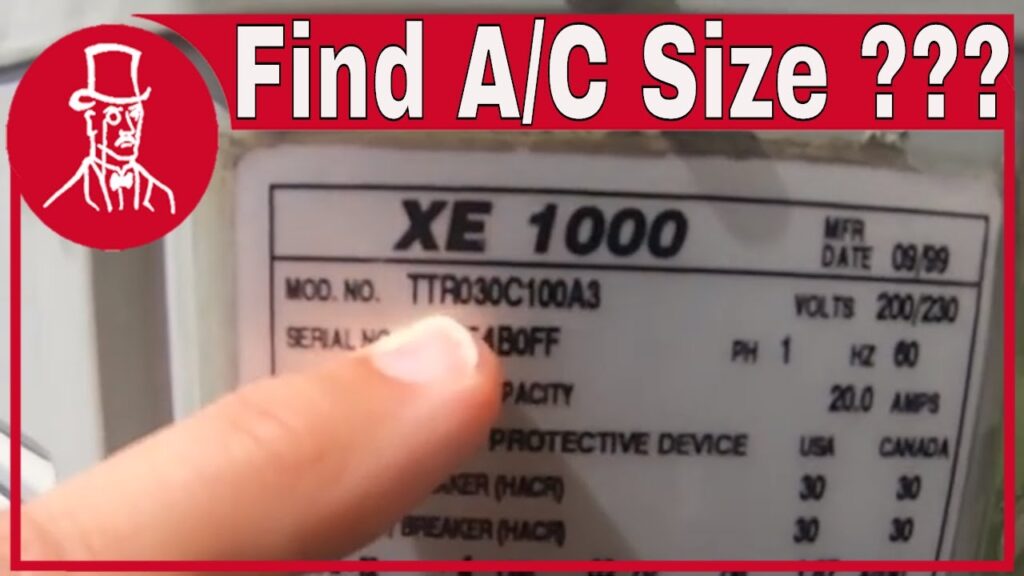
Determining Coefficient of Performance (COP)
The coefficient of performance (COP) is another important factor in determining the tonnage of your Trane AC unit. The COP measures the heating or cooling efficiency of the unit by comparing the heat output to the power input.
COP Calculation
To calculate the COP, use the following formula:
COP = Output Heating or Cooling (in BTUs per hour) / Power Input (in watts)
A higher COP indicates better efficiency and performance. The COP can vary depending on the specific AC unit model and specifications.
COP Rating Importance
Considering the COP rating is crucial when determining the tonnage of your Trane AC unit. AC units with higher COP ratings provide more efficient heating or cooling, ensuring optimal performance and energy savings. By taking the COP rating into account, you can select a Trane AC unit with the appropriate tonnage for your needs.
Using Manufacturer’s Documentation
Trane provides comprehensive documentation for their AC units, which can be incredibly helpful when determining tonnage.
Trane AC Unit Specifications
Trane’s documentation includes detailed specifications for each AC unit model. You can find information about the cooling capacity, tonnage, energy efficiency, and other relevant details. By referring to the manufacturer’s documentation, you can determine the tonnage of your Trane AC unit accurately.
Tonnage Information
The manufacturer’s documentation also provides specific details about the tonnage of Trane AC units. The tonnage information indicates the cooling capacity of each unit and can assist you in selecting the appropriate tonnage for your needs. By consulting the tonnage information in the documentation, you can ensure that your Trane AC unit is correctly sized for your space.
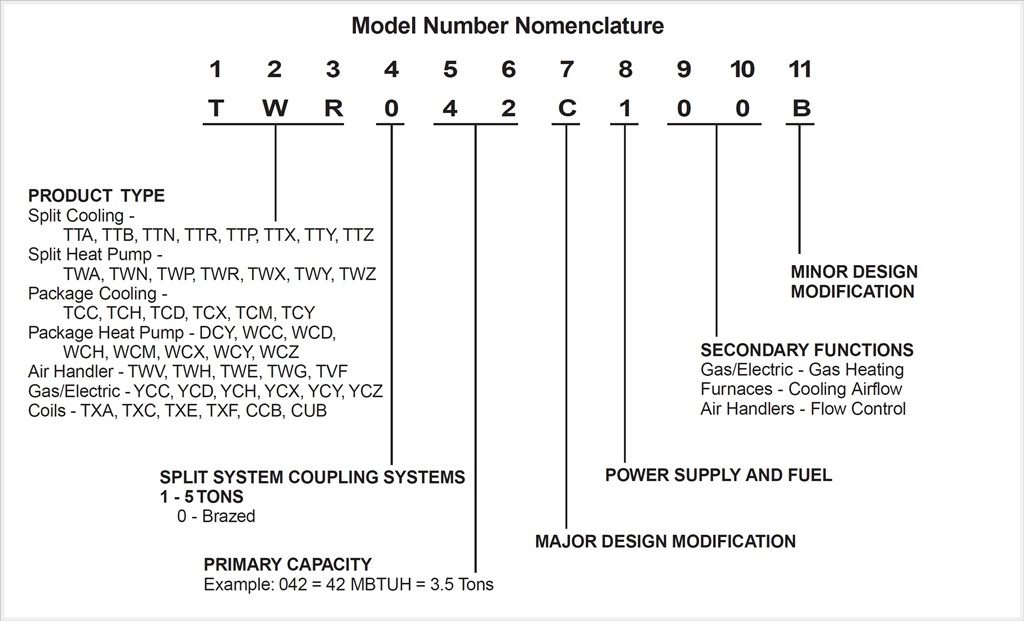
Consulting HVAC Professionals
If you are unsure about determining the tonnage of your Trane AC unit, it is always advisable to consult HVAC professionals.
Certified Technicians
Certified HVAC technicians have the knowledge and expertise to accurately determine the tonnage of your Trane AC unit. They can perform detailed assessments of your space, taking into account various factors such as insulation, climate, and occupancy. By consulting a certified technician, you can ensure that your Trane AC unit is correctly sized and will provide effective cooling or heating.
AC Unit Inspections
An AC unit inspection may be necessary to determine the tonnage of your Trane AC unit. HVAC professionals can assess the performance, efficiency, and cooling capacity of your unit. Through thorough inspections, they can provide accurate recommendations for the appropriate tonnage for your Trane AC unit.
Online Resources and Calculators
Several online resources and calculators are available to determine the tonnage of your Trane AC unit.
AC Unit Tonnage Calculators
AC unit tonnage calculators are useful tools that can help estimate the tonnage required for a given space. By inputting information about the area, insulation, climate zone, and occupancy, these calculators can provide an estimate of the appropriate tonnage for your Trane AC unit. While these calculators can be helpful, it’s important to consult HVAC professionals for accurate assessments.
Trane’s Online Tools
Trane provides various online tools to assist customers in determining the tonnage of their AC units. These tools usually require inputting information such as the model number, area, and cooling requirements. By utilizing Trane’s online tools, you can access reliable and accurate information to determine the tonnage of your Trane AC unit.
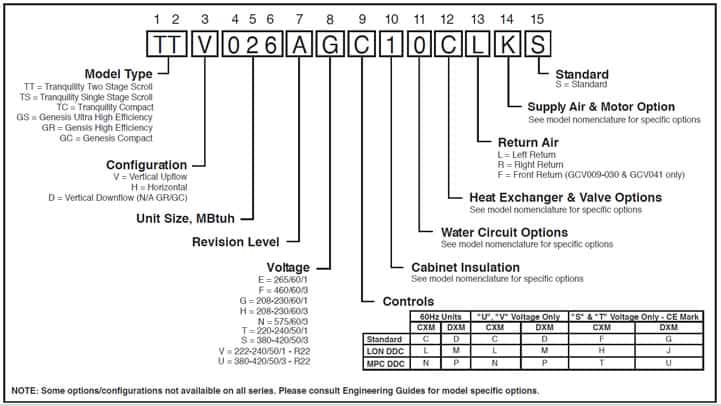
Contacting Trane Customer Support
If you require further assistance in determining the tonnage of your Trane AC unit, contacting Trane customer support is an excellent option.
Trane Customer Support Channels
Trane offers customer support through various channels, including phone, email, and online chat. You can reach out to Trane customer support and provide the necessary information, such as the model number, serial number, and any specific questions you may have about tonnage. The customer support team can guide you and provide accurate information to determine the tonnage of your Trane AC unit.
Providing Necessary Information
When contacting Trane customer support, it’s helpful to provide as much information as possible. This includes the model number, serial number, and any other relevant details about your AC unit. By providing this information, the customer support team will be better equipped to assist you in determining the tonnage of your Trane AC unit.
Common Tonnage Ranges for Trane AC Units
Trane offers a wide range of AC units for both residential and commercial use. Here are the common tonnage ranges for Trane AC units:
Residential Units
For residential use, Trane AC units typically range from 1.5 to 5 tons. The tonnage required for a residential space depends on factors such as the area, insulation, climate, and occupancy. It is essential to accurately determine the tonnage to ensure optimal cooling or heating performance for your home.
Commercial Units
Commercial AC units from Trane can vary significantly in tonnage, depending on the specific needs of the space. Trane offers commercial units ranging from 3 to 100 tons or more. Commercial spaces often have higher cooling or heating requirements, and determining the correct tonnage is crucial for efficient and effective performance.
In conclusion, determining the tonnage of a Trane AC unit involves considering several factors, including the model number, nominal capacity, EER, and COP. By locating the model number and serial number, consulting manufacturer’s documentation, and utilizing available resources, you can accurately determine the tonnage of your Trane AC unit. Additionally, consulting HVAC professionals or contacting Trane customer support can provide further assistance in selecting the appropriate tonnage for optimal cooling or heating performance.
